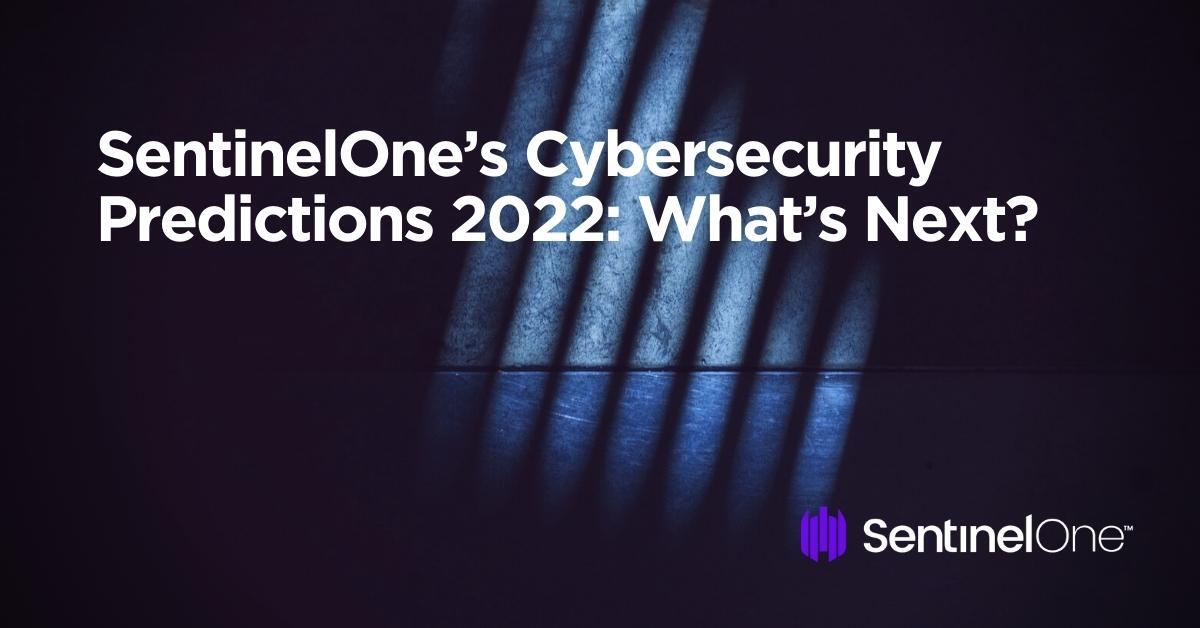Improve protection strategies through expert cybersecurity and privacy advisory.
Improve protection strategies through expert cybersecurity and privacy advisory.
Blog Article
Leading Cybersecurity Forecasts for 2024: Keep Ahead of Arising Dangers
As we come close to 2024, the cybersecurity landscape is positioned for significant makeover, driven by arising risks that organizations have to not just prepare for yet likewise purposefully address. With governing adjustments on the horizon and an essential emphasis on cybersecurity training, it is necessary for organizations to reassess their strategies to continue to be resistant.
Surge of AI-Driven Assaults
As organizations significantly embrace expert system technologies, the capacity for AI-driven strikes is ending up being an extremely important concern in cybersecurity. Cybercriminals are leveraging AI to enhance the refinement and efficacy of their assaults, developing a landscape where conventional safety and security steps may falter. These assaults can make use of machine knowing algorithms to determine susceptabilities in systems and networks, bring about a lot more targeted and harmful violations.
AI can automate the reconnaissance stage of an assault, allowing opponents to collect large amounts of information promptly (7 Cybersecurity Predictions for 2025). This capacity not just reduces the moment called for to launch a strike yet also raises its precision, making it harder for defenders to expect and minimize threats. Additionally, AI can be made use of to create convincing phishing schemes, produce deepfake material, or adjust data, better complicating the cybersecurity landscape
Organizations must focus on the integration of AI-driven cybersecurity services to counter these arising threats. By utilizing innovative threat discovery systems, organizations can boost their capacity to recognize and counteract AI-generated attacks in real time. Constant financial investment in training and awareness programs is likewise vital, as it gears up employees to acknowledge and react to potential AI-driven hazards successfully.
Raised Ransomware Elegance
The increase of AI-driven attacks is not the only pattern improving the cybersecurity landscape; ransomware attacks have also advanced, coming to be significantly advanced and targeted. As cybercriminals improve their approaches, companies face increased threats that call for flexible approaches to mitigate possible damage.
Modern ransomware risks now utilize progressed methods, such as double extortion, where enemies not only encrypt data but also endanger to leakage delicate details if their needs are not satisfied. This adds an added layer of stress on sufferers, typically engaging them to pay ransoms to protect their credibilities and customer depend on.
Additionally, using automated devices and device knowing formulas by criminals has structured the assault process, enabling them to recognize vulnerabilities a lot more efficiently and customize their techniques versus specific targets. Such developments have actually resulted in an alarming rise of strikes on vital facilities, medical care systems, and supply chains, stressing the demand for durable cybersecurity frameworks that prioritize real-time hazard detection and action.
To counter these developing threats, organizations have to purchase thorough training, advanced security innovations, and occurrence action intends that incorporate lessons gained from previous ransomware incidents, ensuring they stay one step ahead of increasingly complicated assaults.
Growth of IoT Susceptabilities
With the rapid growth of the Net of Things (IoT), vulnerabilities associated with these interconnected gadgets have actually ended up being a vital issue for organizations and people alike. The spreading of clever devices, from home appliances to industrial sensing units, has developed an extensive attack surface for cybercriminals. Lots of IoT gadgets are deployed with marginal safety and security protocols, frequently using default passwords or outdated firmware, making them susceptible to exploitation.
As tools come to be interconnected, the possibility for large-scale attacks boosts. Compromised IoT gadgets can serve as entrance points for opponents to penetrate more safe networks or launch navigate here Distributed Denial of Service (DDoS) attacks. The absence of standardization in IoT safety and security measures further exacerbates these vulnerabilities, as varying manufacturers apply varying degrees of safety and security
Furthermore, the increasing class of malware targeting IoT tools presents significant dangers. Threat actors are continually developing new approaches to make use of these weak points, causing possible data violations and unapproved access to sensitive information. As we move into 2024, organizations need to focus on IoT security, applying durable measures to safeguard their networks and alleviate the dangers linked with this rapidly growing landscape.
Governing Adjustments Affecting Safety

In 2024, we anticipate to see more rigid conformity needs for businesses, particularly those that make or release IoT tools. The intro of regulations such as the click European Union's Cyber Strength Act and updates to existing structures like the NIST Cybersecurity Framework useful source will certainly highlight safety and security deliberately. Organizations will be mandated to apply robust safety measures from the preliminary phases of product development, ensuring a positive position versus possible susceptabilities.
Moreover, regulative bodies are most likely to impose considerable penalties for non-compliance, compelling services to prioritize cybersecurity financial investments. This shift will not just improve the general safety and security pose of companies however will likewise cultivate a culture of responsibility in securing individual data. As guidelines tighten, the obligation will increasingly drop on business to demonstrate compliance and guard against the ever-evolving dangers in the digital landscape.
Emphasis on Cybersecurity Training
Organizations' dedication to cybersecurity training is coming to be significantly critical as hazards develop and attack vectors multiply. With cybercriminals continuously creating innovative methods, it is vital for staff members at all levels to understand the risks and acknowledge their role in mitigating them. Comprehensive training programs furnish staff with the understanding and skills needed to identify potential risks, such as phishing attacks, social design strategies, and malware.
In addition, a culture of cybersecurity awareness cultivates alertness amongst staff members, minimizing the likelihood of human mistake, which remains a substantial vulnerability in numerous companies. On a regular basis upgraded training components that reflect the current threats will ensure that team remain educated and qualified of reacting efficiently.


In 2024, companies will likely focus on ongoing education and simulation exercises, allowing staff members to exercise their feedback to real-world circumstances. Cooperation with cybersecurity experts for tailored training options may also become extra typical. Inevitably, buying worker training not only strengthens an organization's protection position however additionally cultivates a positive strategy to cybersecurity, reinforcing the notion that safety is a common obligation throughout the business.
Conclusion
In conclusion, the cybersecurity landscape in 2024 will be formed by the rise of AI-driven strikes, significantly advanced ransomware techniques, and the growth of vulnerabilities linked with IoT gadgets. A strong focus on comprehensive cybersecurity training will certainly be vital in growing an organizational culture resilient to emerging dangers.
Report this page